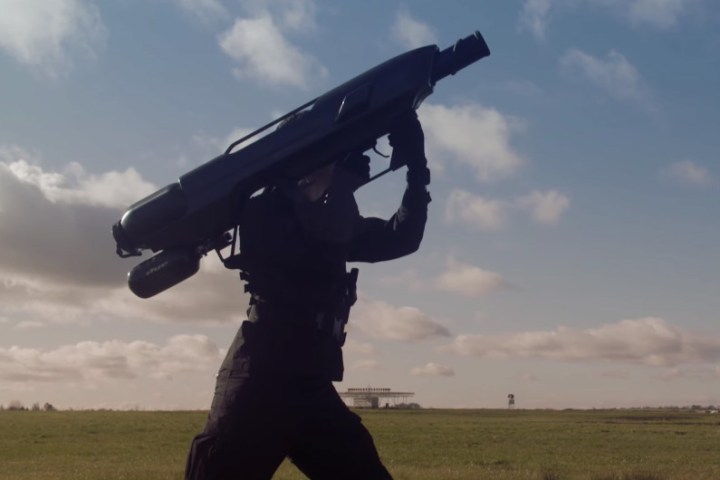
Introduced by State Senator Wayne Harper, Senate Bill 210 is likely a response to the increasing number of drone accidents and operator misbehavior reported over the past several years. “The basic premise on this is that we have three issues I want to address in this bill,” said Harper to a senate committee during a meeting held at the end of last month. “One is privacy, the second is non-interference with airports and aircraft, and the third is non-interference with emergency situations.”
This legislation seeks to curb reckless flying by banning drone flights within 500 feet of correctional institutions or three miles of a wildfire. It also would make it illegal to use a drone in the surveillance of large crowds or for stalking someone in a voyeuristic way. Any drone violating these provisions may be neutralized by first responders or law enforcement officers, according to the terms of the bill. This neutralization can take several forms, including taking control of the drone, interfering with its remote control or communications, or even disabling or damaging the unmanned aerial vehicle.
Utah isn’t the only state considering legislation that affects drone ownership and operation. California legislators also are introducing drone safety bills. One bill, written by Assemblyman Ed Chau of Monterey Park, requires drone operators to leave their contact information in the event of an accident. A second bill, under development by Assemblyman Mike Gatto of Glendale, requires drone operators to have insurance similar to automobile insurance that would be available at the time of purchase. It also requires a physical or electronic license plate, a shutoff mechanism that activates when a drone nears an airport, and more.



